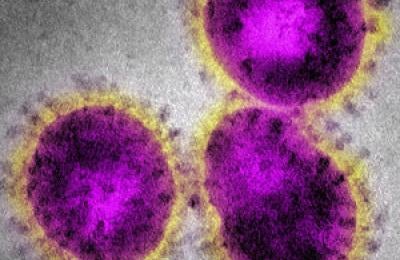U.S. county level analysis to determine If social distancing slowed the spread of COVID-19
Objective.
To analyze the effectiveness of social distancing in the United States (U.S.).
Methods.
A novel cell-phone ping data was used to quantify the measures of social distancing by all U.S. counties.
Results.
Using a difference-in-difference approach results show that social distancing has been effective in slowing the spread of COVID-19.














